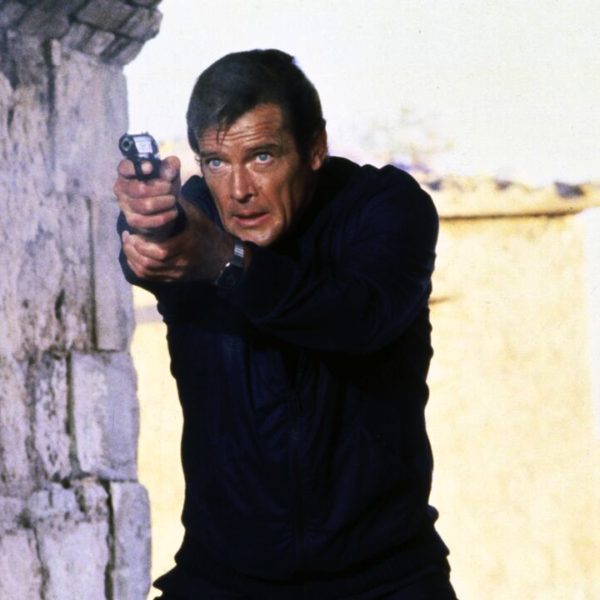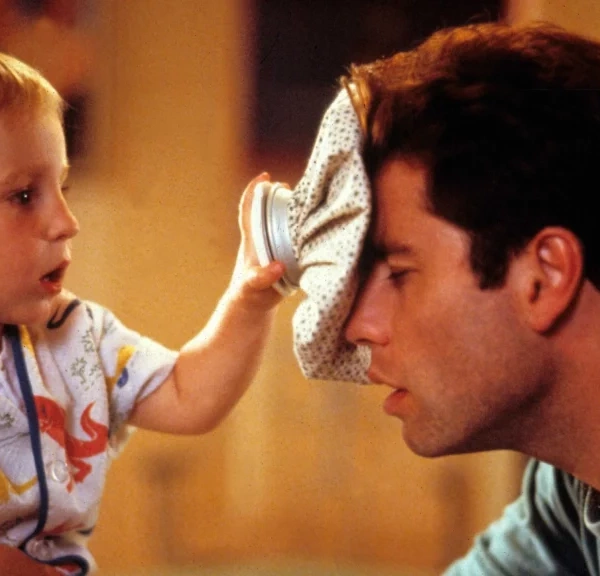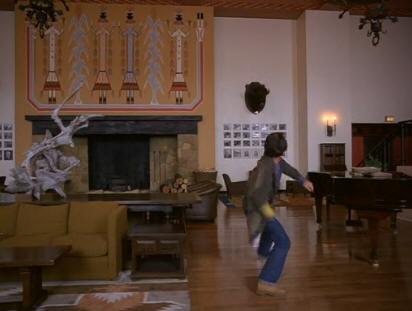
Stanley Kubrick was easily one of the most visually arresting, ambitious filmmakers of all time. Careful study of Kubrick’s work reveals that the obsessive, methodically-researched nature of his filmmaking trickles all the way down to the smallest details, making his filmography ripe for endless debate and analysis by fans and critics alike. And if there’s one thing the Internet loves, it’s an endless debate.
None of Kubrick’s films have inspired more fervent hypothesizing than The Shining, a subject that was even the focus of the entertaining 2012 documentary Room 237. We combed the farthest, darkest corners of the Internet to shine a light on the weirdest, most out-there conspiracy theories about The Shining. Which theory do you believe? Read on and decide for yourself.
1. It’s About the Apollo 11 Moon Landing.
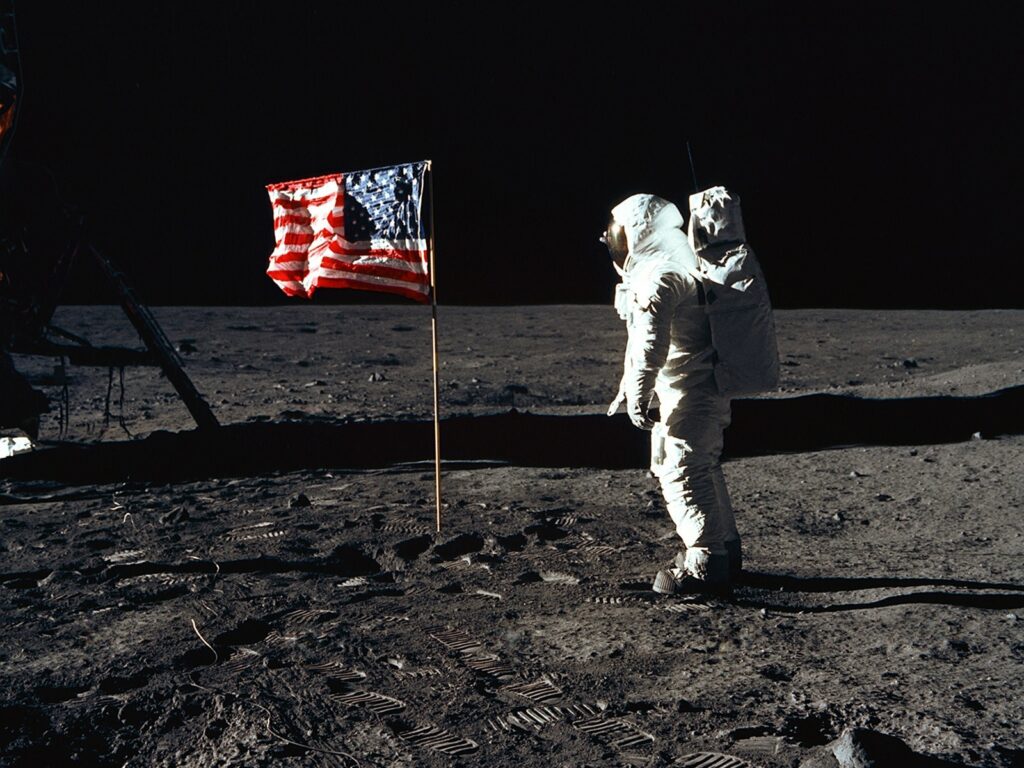
Let’s start with the most popular theory: The Shining is Kubrick’s apology for supposedly working with the government to fake the 1969 Apollo 11 moon landing…despite the fact he was busy with 2001: A Space Odyssey at the time. Supporting evidence includes cans of astronaut favorite Tang on the Overlook Hotel’s pantry shelves, Danny’s not-so-subtle Apollo 11 sweater, and the theory that the dead twins symbolize the failed Gemini space missions.
A deeper dive into the theory asserts the word “All” in Jack’s typed mantra looks more like A11, or Apollo 11. As for room 237, moon landing theorist Jay Weidner claims the director changed it from 217 to 237 because the Moon is “237,000 miles from Earth,” but it’s more like 238,855 miles on average, according to NASA’s website. This Shining theory is pretty far out of reality’s orbit.
2. It’s About the Treatment of Native Americans.

An ever-so-slightly more plausible theory than the “faked moon landing,” many Shining conspiracy theorists believe the film symbolizes Kubrick’s condemnation of America’s treatment of Native Americans. The film is full of Native American imagery, from the rugs to the Calumet (which means “peace-pipe”) baking soda cans in the pantry to paintings on the walls. Even the elevator of blood supposedly symbolizes all the bloodshed over the seizing of Native American land.
Of course, it’s also mentioned the hotel is built on old Native American burial grounds; a piece of information Kubrick added that was not in Stephen King’s original novel. And you know what they say about staying anywhere that is built on Native American burial grounds…
3. It’s About the Greek Myth of Theseus and the Minotaur.

Though the Outlook Hotel of King’s novel never had a hedge maze, Kubrick chose to add one as a deliberate visual reference to the Greek myth about the Minotaur slain by hero Theseus. The hotel itself is purposely labyrinthine with hallways, doors, and staircases leading either nowhere or to more hallways, doors, and staircases. And don’t forget the infamous “impossible window” in the hotel manager’s office that logically doesn’t make sense with the rest of the building’s maze-like architecture!
One other piece of supporting evidence is Jack’s bullish behavior, bulging eyes, prominent forehead, and slumped posture, all of which make a strong case for him being the “Minotaur” in question. Though we’d argue that ’70s Jack Nicholson always kind of looks like a bull.
4. It’s About the Holocaust.
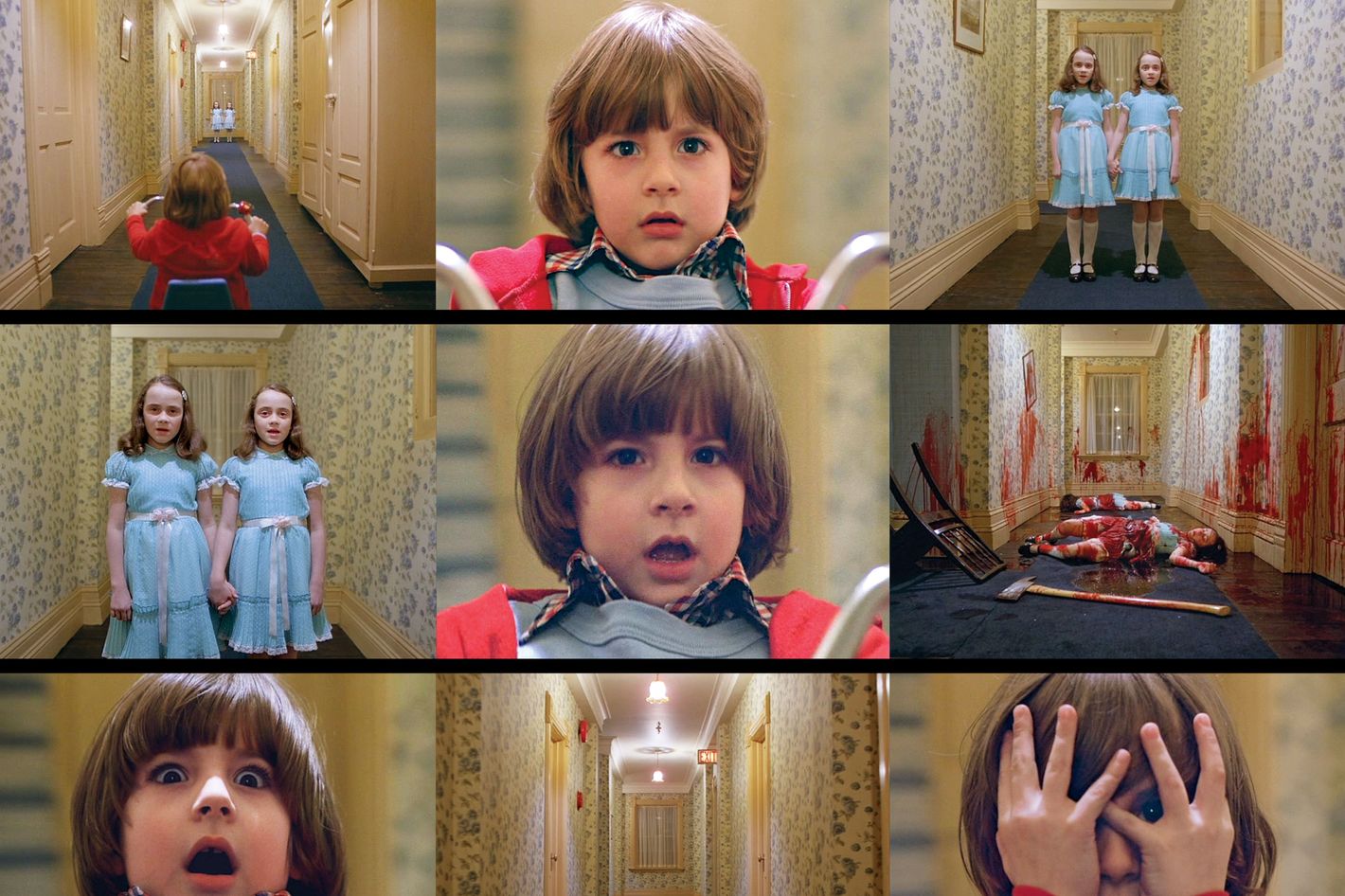
This one depends on how much you believe in the significance of numbers, as the number 42 — for the year the Nazis initiated the “Final Solution,” aka 1942 — figures very prominently in the film. The number shows up in various ways: on the sleeve of one of Danny’s shirts, the number of cars in the parking lot, the film The Summer of ’42 that Wendy and Danny watch, and the fact that if you multiply Room 237 (2x3x7) it equals 42.
Fans also point to Jack’s German-made typewriter and the image of a yellow eagle, the other Nazi emblem, emblazoned on one of his t-shirts. Though Kubrick, a Bronx-born non-practicing Jew, had actually written his own Holocaust-centered film called The Aryan Papers, he ultimately abandoned the project when, according to his widow Christiane, he realized putting the whole brutal truth on film would be “un-survivable.”
5. It’s Actually Supposed to Be Viewed Backward…and Forward!

As if the film wasn’t disorienting enough, one theory by a group called MSTRMND alleges it’s meant to be watched backward and forwards concurrently in order to unlock the “Kubrick Code.” When viewed this way with the images superimposed on top of one another, it brings out eerie subtextual congruences between the beginning and end events with the two versions meeting right in the middle at the scene where Dick Halloran is lying in bed watching TV. (We can only imagine what happens if you watch it this way while stoned.)
Because of Kubrick’s visual acumen, it actually makes for an interesting meta experiment if nothing else, as it shows his perfectionism at work in both narrative and visual symmetry. After all, “redrum” backward IS “murder”!
6. It’s About Hell and Jack Torrance Is the Devil/Baphomet.

Jack Nicholson played the Devil in 1987’s The Witches of Eastwick, but some conspiracy theorists would have you believe he played a slightly different version of Old Scratch seven years prior in The Shining.
The concept is simple: the Overlook Hotel is hell and a manifestation of Jack’s deepest fears. But theorists are split on whether Jack merely made a pact with the Devil in order to get a drink at the bar or if the demented writer is actually the Devil himself. Evidence for the latter: the old black-and-white photo of Jack from the end of the film where he is seemingly trapped in 1921 shows him in the exact same pose as the Baphomet (aka Devil) Tarot card.
7. It’s All a Dream/Nightmare.

A hotel layout that makes no sense. Ghosts that pop up where they shouldn’t but look corporeal. Supernatural abilities. Elevators of blood. The only thing that makes sense is that none of it makes any sense except in a dream or nightmare where logic doesn’t matter, leading some conspiracy theorists to suggest all of the events of The Shining are just an alcohol-fueled dream/nightmare in the mind of Jack Torrance. Wake us up from THIS one.
8. It’s About CIA Mind Control.

The CIA ran a classified, controversial behavioral program called MKUltra from the early 1950s through 1973 which subjected its human test subjects to a number of illegal techniques –- LSD, sensory deprivation, etc. –- without their consent in order to ascertain the best methods of interrogation and mind control. Some fans claim Jack Torrance is one such human test subject for MKUltra with the Overlook representing the CIA slowly but surely eating away at his mind.
Fans point to a Monarch ski poster in the lounge behind the twin girls as proof, claiming “Monarch” was the code name used by the CIA for MKUltra. Or, you know, it could just be the name of a ski mountain or something.
9. It’s About the Illuminati.
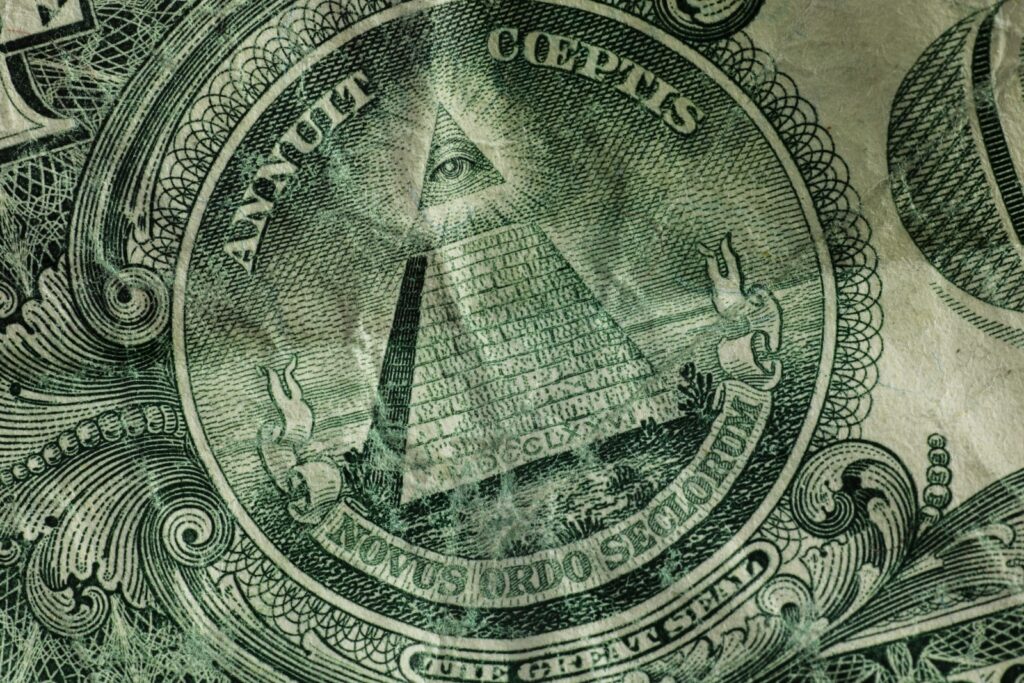
It wouldn’t be a proper conspiracy theory list without at least ONE reference to the supposedly power-hungry secret society hell-bent on establishing a New World Order. Fans of this theory claim Kubrick deliberately used symbols associated with the Illuminati throughout The Shining like triangles, ladders, the all-seeing Eye, etc. as a way of admitting his involvement with the group.
Furthering the crazy presented here is the claim Kubrick was killed by the group shortly before releasing Eyes Wide Shut not only because of the symbols depicted in The Shining but also because he revealed some of their rituals in the 1999 Tom Cruise/Nicole Kidman erotic thriller. Kubrick DID die in 1999 just a few months before Eyes Wide Shut premiered but it was due to a massive heart attack as he slept. Or WAS it?????
10. It Inspired Frozen.

The latest and possibly craziest theory (and that is saying something) claims that Disney’s endlessly popular animated film Frozen is actually the same movie as The Shining. Blogger Mary Katharine Ham hypothesizes ice queen Elsa and Jack are “a danger to family members, whose volatility increases after a long isolation inside a giant, ornate, high-ceilinged building in a cold desolate landscape.”
Ham goes on to compare screenshots from both films that do, in fact, look visually similar, including the ending shots of both characters frozen in the winter wilderness. It’s actually a really fun theory, but since Kubrick is no longer around to explain his motivations, Ham and all the other Shining conspiracy theorists might need to –- as Elsa sings — let it go…

